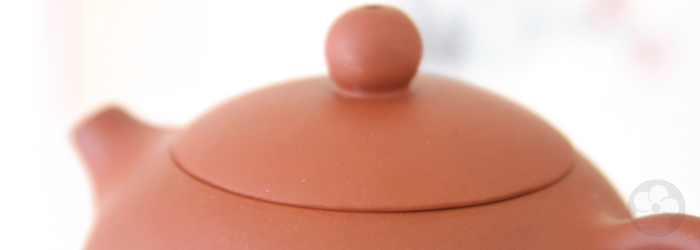How Does Weather Change Tea Flavor?
One of the things we love about working with traditional tea farms is that the growers we work with are primarily concerned with how the tea tastes, rather than how much they can produce. With this focus on quality over quantity, we are free to appreciate the ways in which even subtle differences in growing conditions can dramatically change the final flavor in our cup. By tasting several lots of tea from the same farm or season, it is easier to isolate specific variables like changes in weather patterns between different farms or years, or even between specific weeks during the harvest season.
Differences in weather between seasons are one of the most important factors in the overall grade of the finished tea, and often correlate to levels of bitterness or astringency as the plant grows more mature leaves throughout the annual growth process. Differences in regional weather patterns, along with local flavor preferences and crafting styles, define ideal harvest dates for each type of traditional tea. And variations in weather patterns, whether from year to year or week to week, keep growers, crafters and tasters on their toes, ensuring that no two harvests taste exactly the same.
Continue reading










